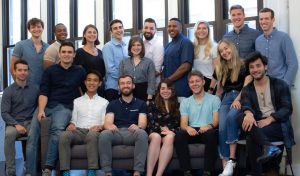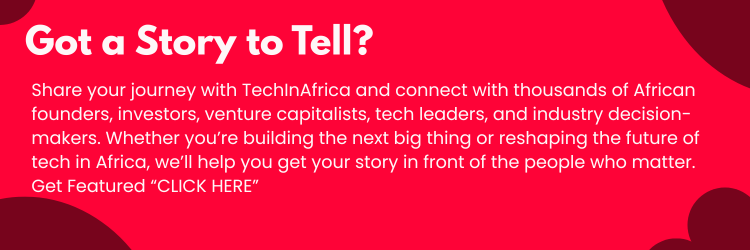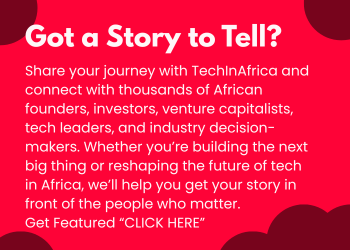TechInAfrica – The idea of RippleMatch came after Andrew Myers, the co-founder and CEO thought about the predicaments his friends faced in the workplace. These friends didn’t come from prestigious schools, which undeniably offer an advantage to graduates for entry-level positions. But back in the day, Myers didn’t see this as a business venture, but simply problems for him to solve for his friends.
But now, the growing startup has announced a $6 million Series A to focus on building a recruitment platform to help organizations specifically connect with recent graduates from diverse backgrounds with matching needs. The startup is among the companies that exploit holes in LinkedIn, which currently has 645 million users in 200 countries and is the world’s biggest network of professionals, although it remains to be seen for the company to target a specific audience with developed products. And thus, RippleMatch comes into the equation to fill this hole.

Led by 620 Ventures with Work-Bench and previous investors Accomplice, Bullpen Capital, and AlleyCorp., the funding will be used to expand the platform and in business development. Today, RippleMatch has 100,000 candidates on the platform and agreements with 60 companies using RippleMatch to find these candidates, with 60% of its candidate pool are from underrepresented backgrounds. The company also formed a partnership with 1,200 diversity-focused organizations on campuses for attracting more candidates.
“College hiring is kind of a black box through traditional channels. The surveys RippleMatch uses to collect info from students and employers about who they are and what they want to create is a proprietary data set. LinkedIn is about relationships more than attributes. The college market is a niche they’re ill-suited to, and one I think they’ll leave alone for now,” Mike Troiano, a partner at G20 who led the firm’s investment in RippleMatch, explained.

RippleMatch takes a potential candidate through a short set of questions about career and geographical ambitions, interests, along with a copy of the candidate’s resume. This, combined with the candidate’s GPA and test scores and external information will result in 300 data points that matched the candidates with job and internship opportunities. For the employer, this means as a source job vacancies and matching the employer’s wider hiring strategy with the candidates, thus bringing possibilities that the employer may have overlooked.
The AI-powered platform matching algorithms can decide what the candidate possibly well-suited to do both direct and indirectly, saving loads of time for recruiters, and it’s likely that an employer may discover their star candidate from a small college.

Source: Techcrunch.com




